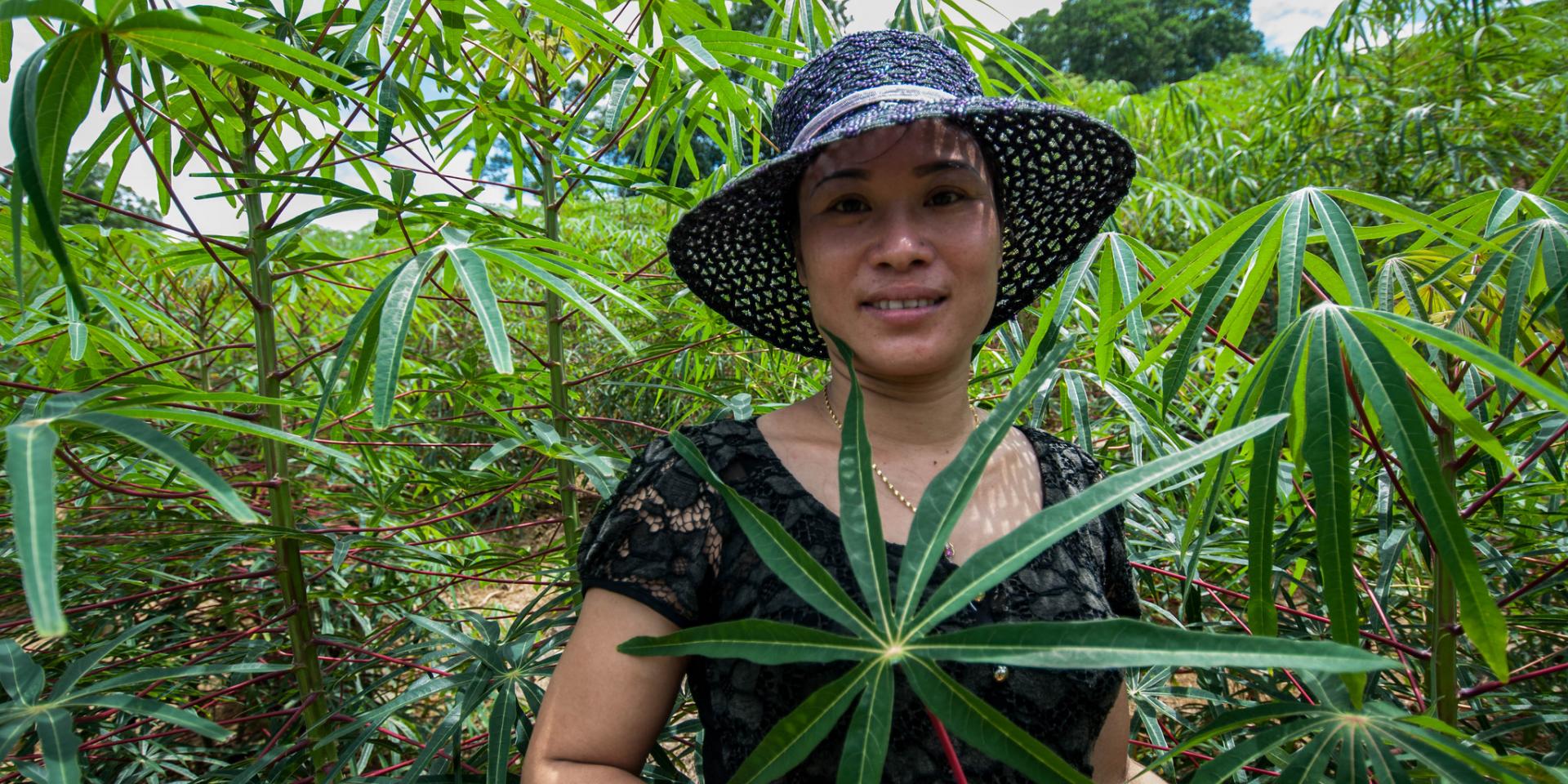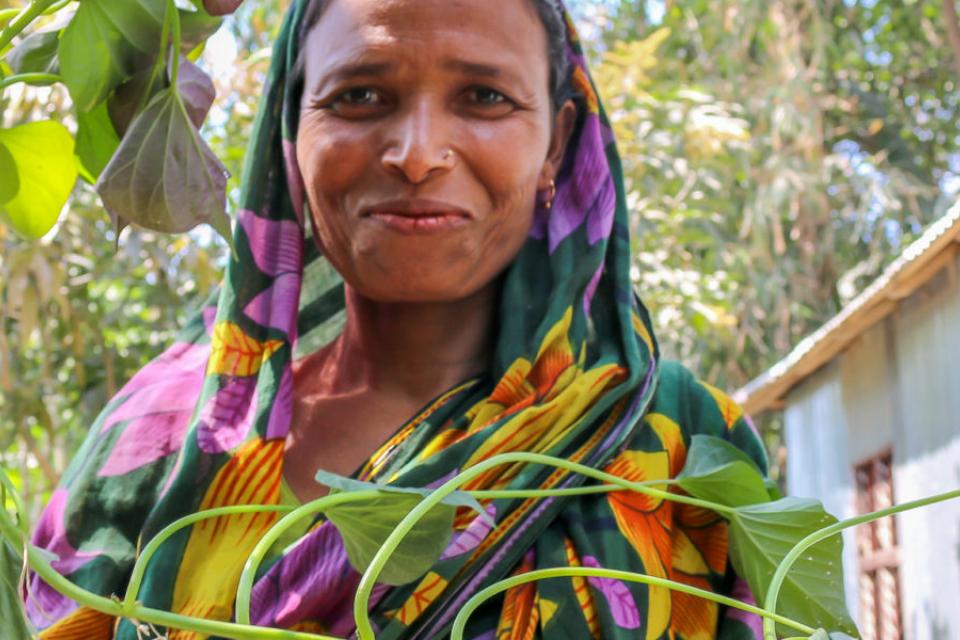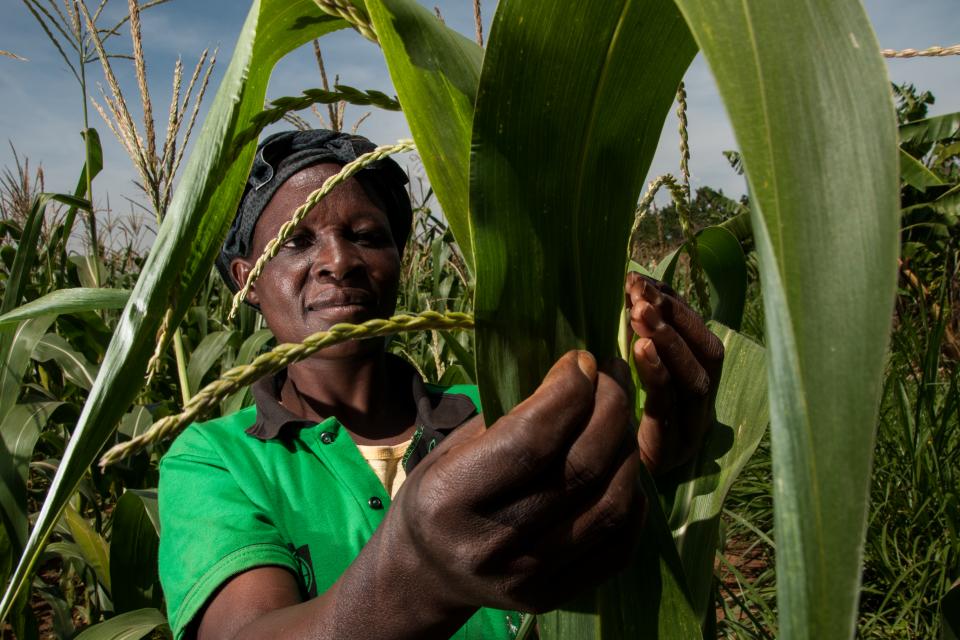Understanding cassava varietal preferences through pairwise ranking of gari‐eba and fufu prepared by local farmer–processors
 Photo: G. Smith/CIAT
Photo: G. Smith/CIAT
This research has been published in a special issue called “Consumers have their say: Assessing preferred quality traits of roots, tubers and cooking bananas, and implications for breeding” in the International Journal of Food Science and Technology, led by the RTBfoods project.
Asking users what they would like to see in a good cassava variety from field to processing into food products is not always enough to elicit detailed and embodied knowledge. Furthermore, Participatory evaluation where users are evaluating suitability of varieties in their own setting that they are familiar with is crucial in linking user preferences to demand led and socially inclusive breeding strategies which is the main objective of the RTBfoods project as well as part of the Nextgen cassava project’s objectives. Earlier gender research in Nigeria had shown that women and men had similar cassava preferences, but women mentioned suitability of varieties to make food products more often than men. Therefore, in this recently published study farmer-processors (all women with only one exception) grew and processed the varieties into food products within their own community setting. Evaluation was done on two levels:
- Using a general trial where popular farmer varieties and improved varieties were grown alongside newly improved varieties (mother trial).
- Using smaller trails in each of the 40-participating famer-processors’ fields (baby trials).
The evaluation comprised evaluation in two states in Nigeria, Osun and Imo, respectively representing a culture of thoroughly fermented gari-eba an very little fermented gari and eba.
Pairwise ranking by the farmer-processors of roots and food products was used to determine the relative quality of roots and food products made from the diverse varieties. Furthermore, each pairwise rank offered the opportunity to ask the users why they liked one variety over the other. This elicited a range of important root and food quality characteristics such as attractive light attractive color of the food products, their density as well as characteristics related to the food product texture which mostly confirmed the findings of a state/region representative survey study in Nigerian and Cameroon that was done alongside this study. Best and worst ranked gari products were analysed in the lab to link measurable food science traits to the preferences of the users.


